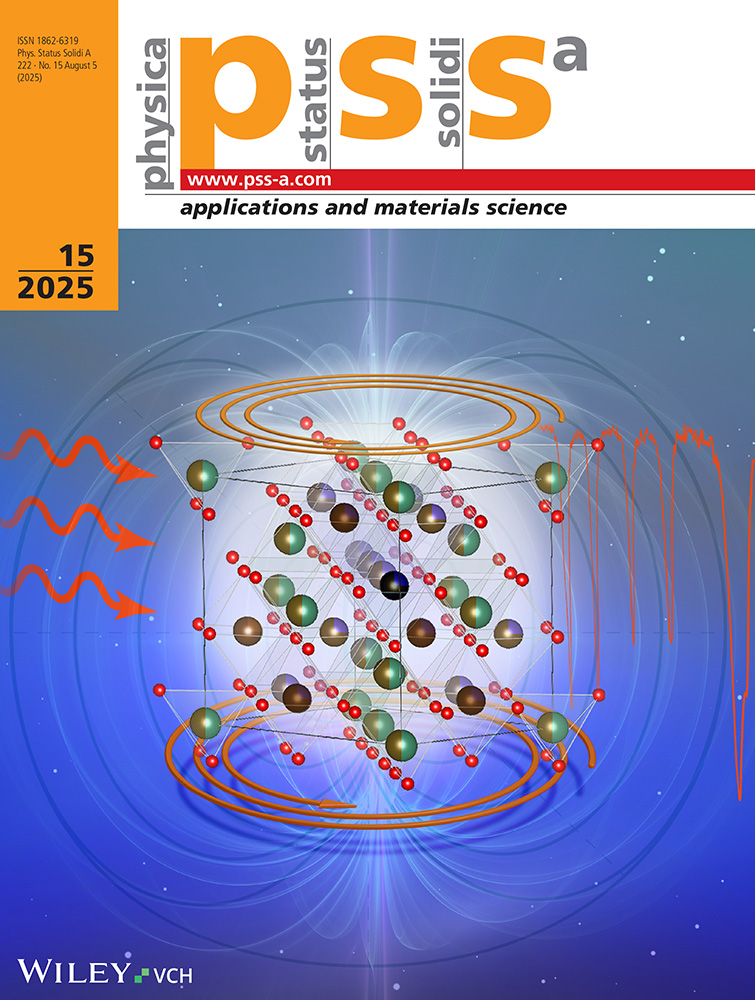A New Combustion Synthesis Method for GaN:Eu3+ and Ga2O3:Eu3+ Luminescent Powders
Abstract
New low-temperature methods to produce GaN:Eu and Ga2O3:Eu (0 ≤ x ≤ 1) highly-luminescent powders are presented. These procedures yield finely divided powders through exothermic reactions between the precursors. The preparation of Eu-doped Ga2O3 powders was achieved using a new combustion synthesis technique (hydrazine/metal-nitrate method). The process starts with aqueous solutions of Eu(NO3)3 and Ga(NO3)3 as the precursors and hydrazine as (non-carbonaceous) fuel. A spontaneous combustion reaction occurs by increasing the temperature to between 150 and 200 °C in a closed vessel filled with argon, and produces (EuxGa1—x)2O3 directly. The preparation of Eu-doped GaN uses the ammonium hexafluoro-metal method. The powders present strong luminescence associated with the dopant. A sharp and strong GaN luminescence is observed, indicative of high purity and crystallinity as determined by low-temperature cathodoluminescence. The composition and powder morphology have been studied using energy dispersive spectroscopy and scanning electron microscopy.




